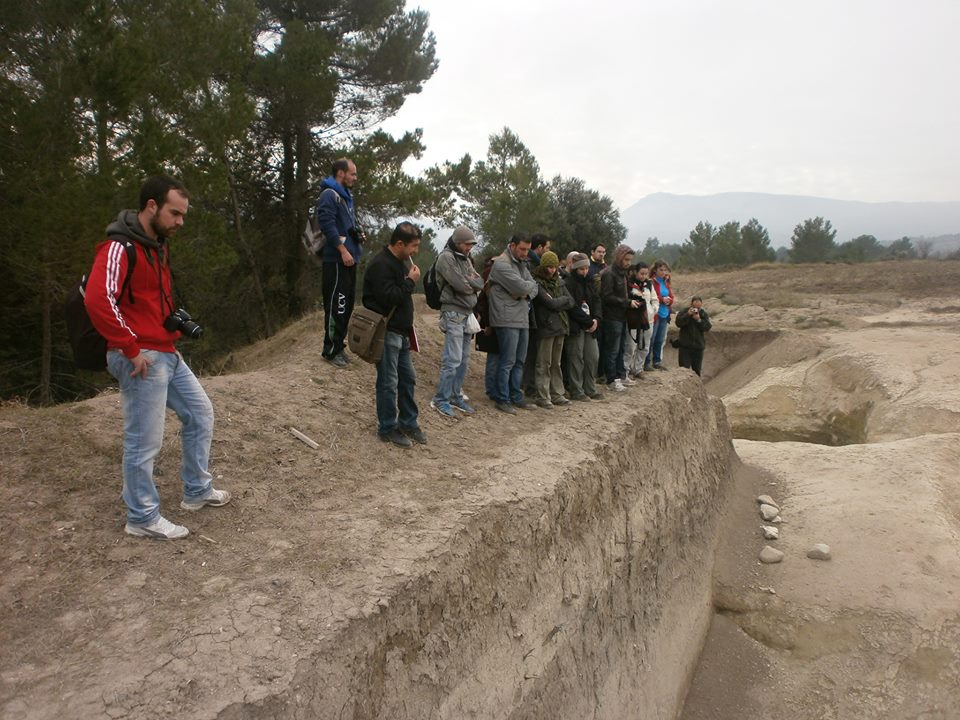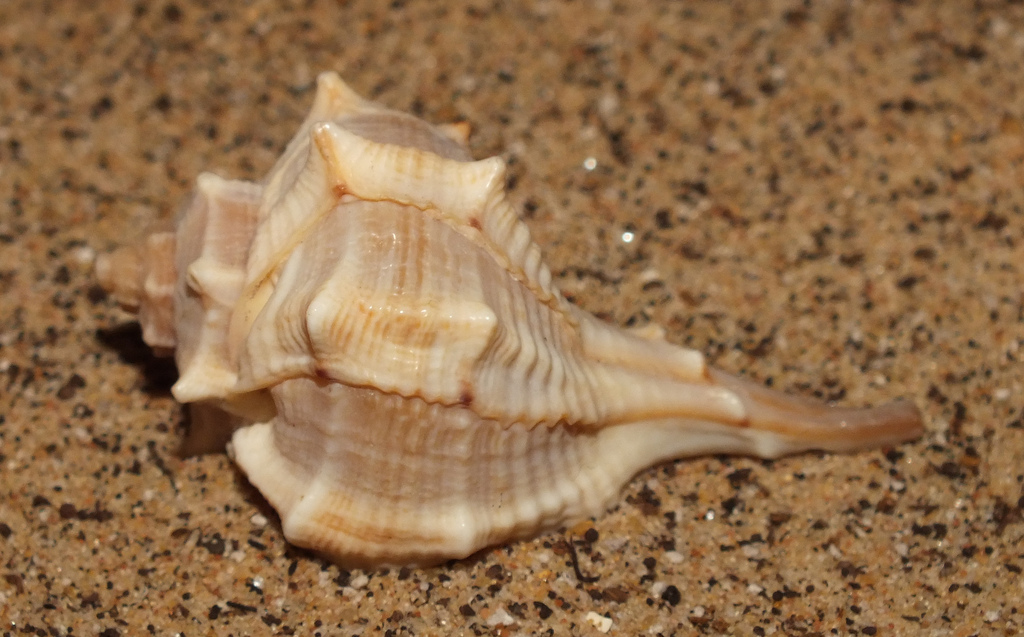
During 2015 we had the chance of contemplating great archaeological findings that did not left the world indifferent. We wanted to collect the ten most incredible findings.
27 january 2016
During 2015 we had the chance of contemplating great archaeological findings that did not left the world indifferent. We wanted to collect the ten most incredible findings:
The tomb of a Celtic prince in France. During the monitoring tasks of some works in the village of Lavau, which lies north of France, the Institut National de Recherches Archéologiques Préventives of France found the burial of a Celtic prince dating from the 5th century B.C. The prince was accompanied with opulent grave goods, which demonstrates the big influence he got in life.
The colonists of Jamestown. It was discovered a few years ago and it has been classified as the first permanent English colony in America. In 2015 the novelty was the study that has been carried out on four tombs in the presbytery of an original church. In the research they tried to discover which was the interesting history of the colony, as well as identifying and put name to the four individuals found in the studied tombs.
The first one of the tombs is of the Reverend Robert Hunt, chaplain of the Church, who died in 1806. The second one, of Captain William West, who died in the battle against the Native American in 1610. The Knight Ferdinando Wainman, dead between 1609 and 1610 during the period of famine, was buried in a much lusher tomb than the other two, a sign of his social rank. And the last one, the explorer Gabriel Archer, who also died in that period of famine.
The origins of the Caribbean slaves of the 18th century. It was in 2010 when two men slaves and a woman slave of African origin were found in the Caribbean island Saint Martin, but in the research it could not be carried out a proper genetic study, due to the pronounced degree of wear that suffered the found remains. The event produced on 2015 has been the apparition of a new technique that enables obtaining DNA from genetic material. This has allowed for the researchers to determine that one of the men slaves came from Cameroon and the other and the woman from some region near the current Nigeria or Ghana, by means of the obtained genome from some of the dental pieces and the comparisons of such genome (with specific factions of the African continent) with modern people from West Africa.
The mercury swimming pool in Teotihuacan. The finding dates from 24 April in the Temple of the Serpent in Teotihuacan (Mexico) and was carried out by an archaeologist of the National Institute of Anthropology and History, which found remains of liquid mercury in four funerary chambers located under that temple. According to the interpretations of the institute, this kind of mercury river is the space that represents the afterlife kingdom of the dead.
The first evidence of rock art in Indonesia. In a society where rock art is for the most part in the European continent, the finding of some cave paintings in a cave of the Sulawesi island of Indonesia was a great surprise. According to a study carried out from uranium included in the area where such paintings are, we know that they were made 39,000 years ago.
The Egtved Bronze Age Young Lady. The remains of this young lady were found in 1921 in the village of Egtved (Denmark), and the study established that it was a local princess who died in 1370. It was in 2015 when thanks to the advances produced in science and archaeology we have found out that she was a young foreigner coming from the region of the Black Forest in Germany. We also know that she must have been spouse of a marriage of convenience; a young rich person who marries another young person from a friendly village to strengthen the links between the two cities.
Ship Graveyard in Fourni. An archaeological expedition Greek American detected the remains of 22 shipwrecks, from 700 B.C. to the 16th centuries, in an undetermined place from the archipelago of Fourni, Greece. The shipwrecks were all over the place throughout the 44 square kilometres of the underwater site. The cargo they transported has facilitated information on the old sea routes.
A new Homo species. On September, the global press echoed the new: the finding of a new species of our gender, the Homo naledi, whose fossils were found in 2013 in the labyrinthine cave Rising Star, on the so called Cradle of Humankind. The Homo naledi had a small brain “of the size of an orange” an slender body of 1.5 meters height and weighed 45 kilos. The Homo naledi was the cover story in the October edition of the National Geographic journal.
A treasure of Roman Coins in Ueken. It was a farmer who found a great amount of coins buried in his cherry trees field in the city of Ueken, Switzerland. The archaeologists, who have recovered the 4,116 silver and bronze Roman Coins, state that the oldest date from the reign of the emperor Aurelian (270-275) and the most recent from the reign of Maximian (286-305), more specifically of the year 294.
Mask of the god Pan in Hippos-Sussita, Israel. A group of archaeologists of the Hippos-Sussita Excavations Project found buried a bronze mask. This object is attributed to the figure of Pan, the god of the shepherds and flocks. His face has two small horns on the head, big and sharp ears and two tuft of hair as a beard. According to the Greek mythology, Pan wandered through the forests harassing nymphs and the younger shepherds, in pursuit of love adventures.










